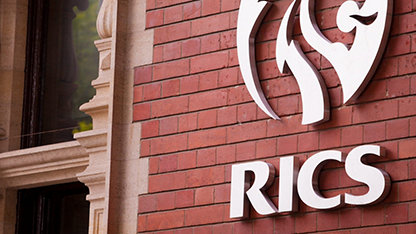Government issued guidance on 21 February as new housing, commercial and infrastructure developments are set to become “nature positive” backed by £16 million of funding for Local Planning Authorities to support the new approach.
As the UK is one of the most nature-depleted countries in the world, with more than one in seven native species facing extinction, and more than half in decline, according to the WWF, RICS welcomes the obligation on developers to deliver a minimum of 10% biodiversity uplift which is mandated on new developments in England from November 2023 following a two-year transition period.
All development projects must ensure that more biodiversity is gained than is lost through development and there is the potential for up to 20% Biodiversity Net Gain (BNG) to be delivered if required by the local authority. Builders of smaller sites (defined as under 10 homes where the site is under one hectare, or on plots of 0.5 hectares where the number of homes is not known) will have until April 2024 to give them more time to prepare and apply best practice from activity on major development sites”.
A Biodiversity Net Gain Statement will be required alongside a planning application before a Biodiversity Net Gain Plan is then submitted and approved prior to commencement of development. This is designed to provide a clear and consistent document with which a developer can demonstrate their biodiversity net gain and a planning authority can check whether the proposals meet the biodiversity net gain objective.
Specific guidance for land managers is available: How land managers can sell biodiversity units to developers.
Defra have outlined that the same land can be used to provide BNG for new development in England, and to achieve Nutrient Neutrality (NN) for the same or different development: How land managers can combine BNG, nutrient mitigation and environmental payments.













